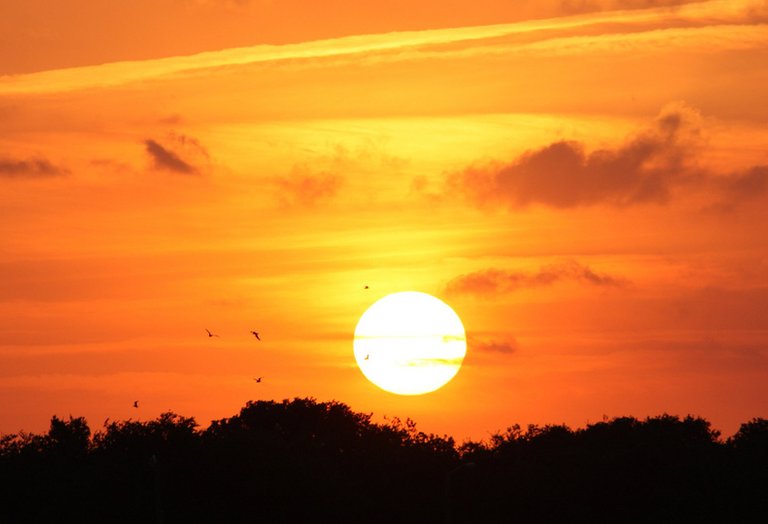
ColorChallenge Tuesday Orange - Sunset
7 years ago in #colorchallenge by bunnypuncher (72)
$51.76
- Max accepted payout: $100,000.00
- Past Payouts $51.76
- - Author $39.66
- - Curators $12.10
259 votes
- jerrybanfield: $27.26
- upmewhale: $9.30
- booster: $8.88
- steps: $0.73
- gomeravibz: $0.70
- bekirsolak: $0.63
- malekalmsaddi: $0.57
- pedrojunior: $0.57
- dong262514: $0.56
- jvb71: $0.55
- hairshares: $0.54
- steem.services: $0.38
- elgeko: $0.09
- jomeszaros: $0.08
- chronocrypto: $0.07
- boxmining: $0.07
- maxbullion: $0.04
- oregonpop: $0.03
- arcange: $0.03
- canadianbacon: $0.03
- and 239 more
beautiful click !
Excellent capture.I always love the sunset pictures.You are a brilliamt photographer without any doubt.Keep it up, keep sharing with us.
good post.
Magical
wow , stunning golden hour shot @bunnypuncher ;)
This was a beautiful sunset !
Great
a good photo of the sunset .. Although you forgot to put with which camera you took that photo for the contest.
Hey thats beautiful..
You got a 9.59% upvote from @upmewhale courtesy of @bunnypuncher!
Earn 100% earning payout by delegating SP to @upmewhale. Visit http://www.upmewhale.com for details!
This post has received a 8.66 % upvote from @booster thanks to: @bunnypuncher.
Que foto tan bonita... una puesta del sol encantadora! la Naturaleza siempre nos regala estos detalles!
Nightfall or twilight is the every day vanishing of the Sun beneath the skyline because of Earth's revolution. The Sun will set precisely due west at the equator on the spring and fall equinoxes, every one of which happens just once per year. In summer, the sun sets in the northern half of the globe toward the Northwest, and in the southern side of the equator toward the Southwest.
Subcategories of nightfall
The season of nightfall is characterized in space science as the minute when the trailing edge of the Sun's plate vanishes beneath the skyline. Close to the skyline, environmental refraction causes the beam way of light from the Sun to be mutilated to such a degree, to the point that geometrically the Sun's circle is as of now around one distance across underneath the skyline when a nightfall is watched.
Nightfall is particular from dusk, which has three stages, the first being affable sundown, which starts once the Sun has vanished beneath the skyline, and proceeds until the point when it dives to 6 degrees underneath the skyline; the second stage is nautical sundown, in the vicinity of 6 and 12 degrees beneath the skyline; and the third is cosmic sundown, which is the period when the Sun is in the vicinity of 12 and 18 degrees underneath the skyline. Sunset is at the specific end of galactic dusk, and is the darkest snapshot of sundown just before night. Night happens when the Sun achieves 18 degrees beneath the skyline and never again enlightens the sky.
Areas north of the Arctic Circle and south of the Antarctic Circle encounter no dusk or dawn on no less than multi day of the year, when the polar day or the polar night holds on consistently for 24 hours.
Dusk makes exceptional environmental conditions, for example, the frequently serious orange and red shades of the Sun and the encompassing sky.